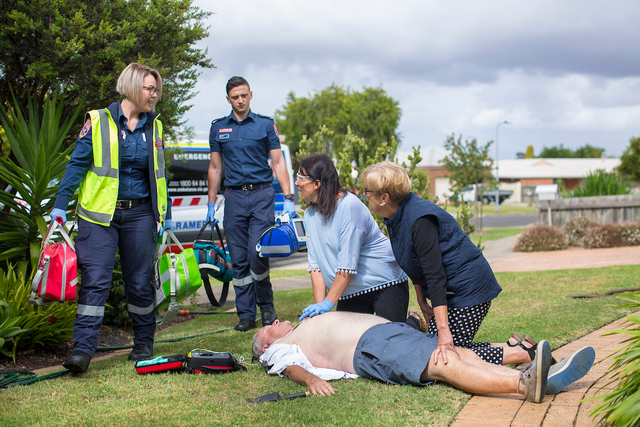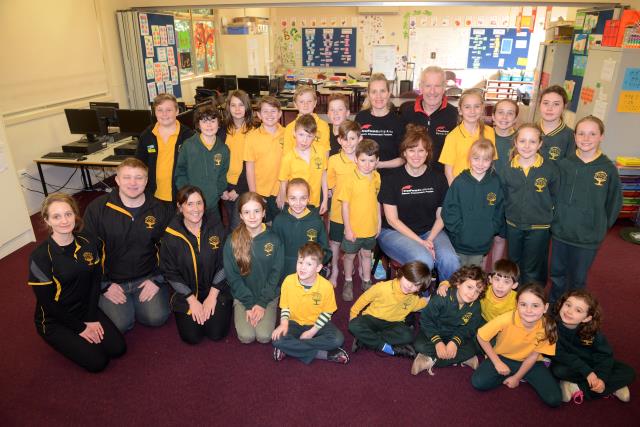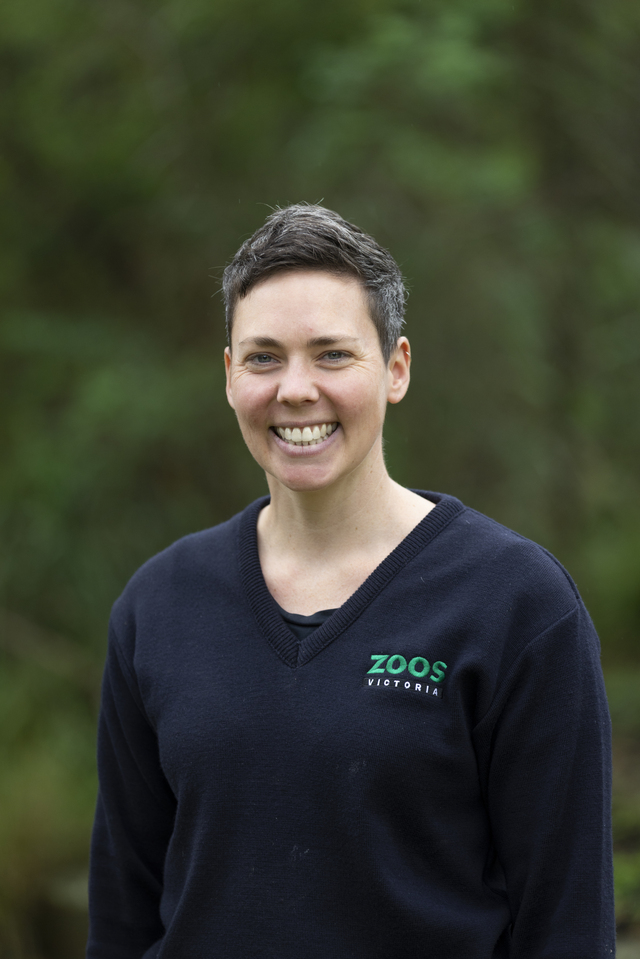By Kath Gannaway
“SOME of the papers I’m going through now are 40 and 50 years old and you know what they were talking about back then?” asks Ray Donkin, rhetorically.
He lost a lifetime collection of newspaper clippings when the Murrindindi fire ripped through his Buxton farm on Black Saturday.
Now, he’s rebuilding his scrapbooks, and, he says, there’s a frightening sense of deja vu.
“I’ll tell you; refuges for the people, refuges for schools, roadside vegetation … all the things we’re reading about today.
“I’m thinking nothing has changed,” he says.
Mr Donkin has been outspoken about many of the issues addressed in the Bushfires Royal Commission’s final report released to the public on Saturday.
But, like many of the people contacted by the Mail on the weekend, he is reluctant to comment in detail until he has had time to digest what it all means.
The Commissioners, chairperson Bernard Teague, Ronald McLeod and Susan Pascoe, make 67 recommendations dealing with issues including the ‘Stay or Go’ policy, leadership, warnings, state and local government planning, fire causes, the fire services levy, refuges, roadside vegetation management and fuel reduction, the need for plain language, and for bushfire history to be taught in schools.
In forming their recommendations the commissioners said the protection of human life and safety of communities was the highest priority.
Mr Donkin has no argument with that, and, on face value, he says he believes the Commission is on the right track with some others.
Scrapping of the fire services levy (currently paid with insurance premiums) in favour of a property-based levy, increasing fuel reduction burning from 1.7 per cent on public land each year to a minimum of 5 per cent and maintaining the Stay or Go with better communication on what it means, and timely warnings, could have merit.
Michelle Harper’s home at Dixons Creek was spared with an eleventh-hour wind change on Black Saturday. She said her family would have left but were misled by internet and radio reports. Any recommendation that delivers accurate and timely warnings she would support.
The practicalities of evacuation, she says need to be addressed.
“If you have four children, where do you go from 7am to seven at night?”
She would like to see the Melbourne Showgrounds and Flemington Racecourse resourced as refuges to accommodate the thousands of people who could be expected to evacuate on severe and extreme fire-danger days.
Raelene Gill and husband Victor have rebuilt in Steels Creek and have ordered a copy of the report.
Some things, however, are a given. Like support of more fuel reduction and vegetation clearance on roadsides. “We had our property cleared, but it was so over-grown on the nature strips and along the Kinglake National Park road … but will they do that?” She is sceptical, but is hopeful the planned community consultation on the report will reinforce community priorities.
Marysville community leader Brigadier Nick Jans however has branded the consultation period a political cop-out.
“What’s to consult about?” asks Mr Jans.
“We have had 18 months and millions of dollars worth of consulting; you won’t get better than that.”
Overall he sees the report as well-balanced, a sensible and strategically oriented document which addresses the big issues such as organisation and command systems to the preparedness of individual families and streets.
It was calm, but firm, he said delivering the “appropriate rebukes to those who were derelict in their duty.”
Many of the recommended actions, such as increased roadside vegetation management and fuel reduction burns will come at a cost.
“It’s part of the great big bill of climate change,” Mr Jans said. “We knew climate change would be a cost and this is one element of it.”
For Ian Whitford of Steels Creek the cost of fuel reduction burns and road-side clearing will not be counted just in dollars.
Mr Whitford said he was a strong believer that roadside verges provide vital corridors for native animals.
Black past
Digital Editions
-

AED map in Shocktober
It’s “shocktober” this month, and Ambulance Victoria are encouraging Victorians to know the location of their nearest automated external defibrillators (AEDs). AEDs are automated devices…





